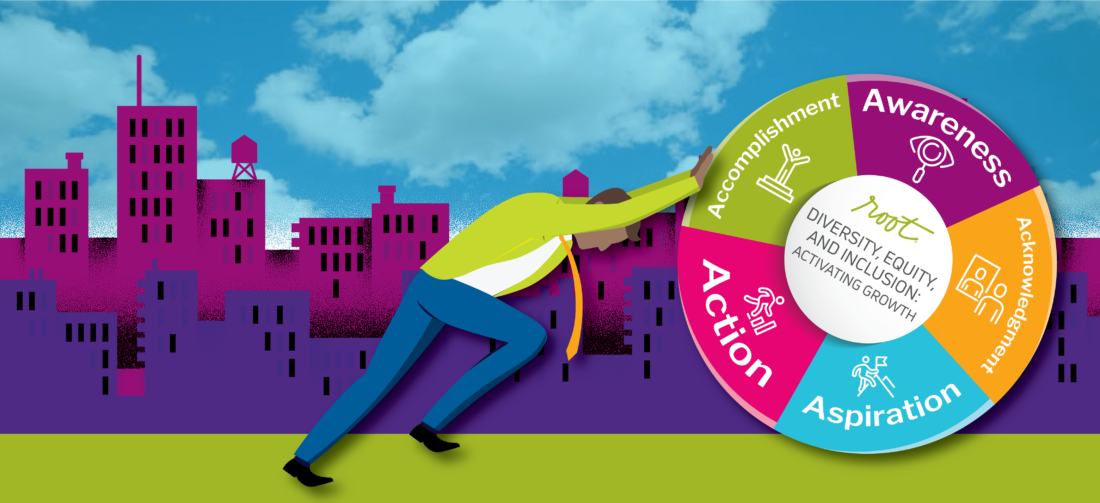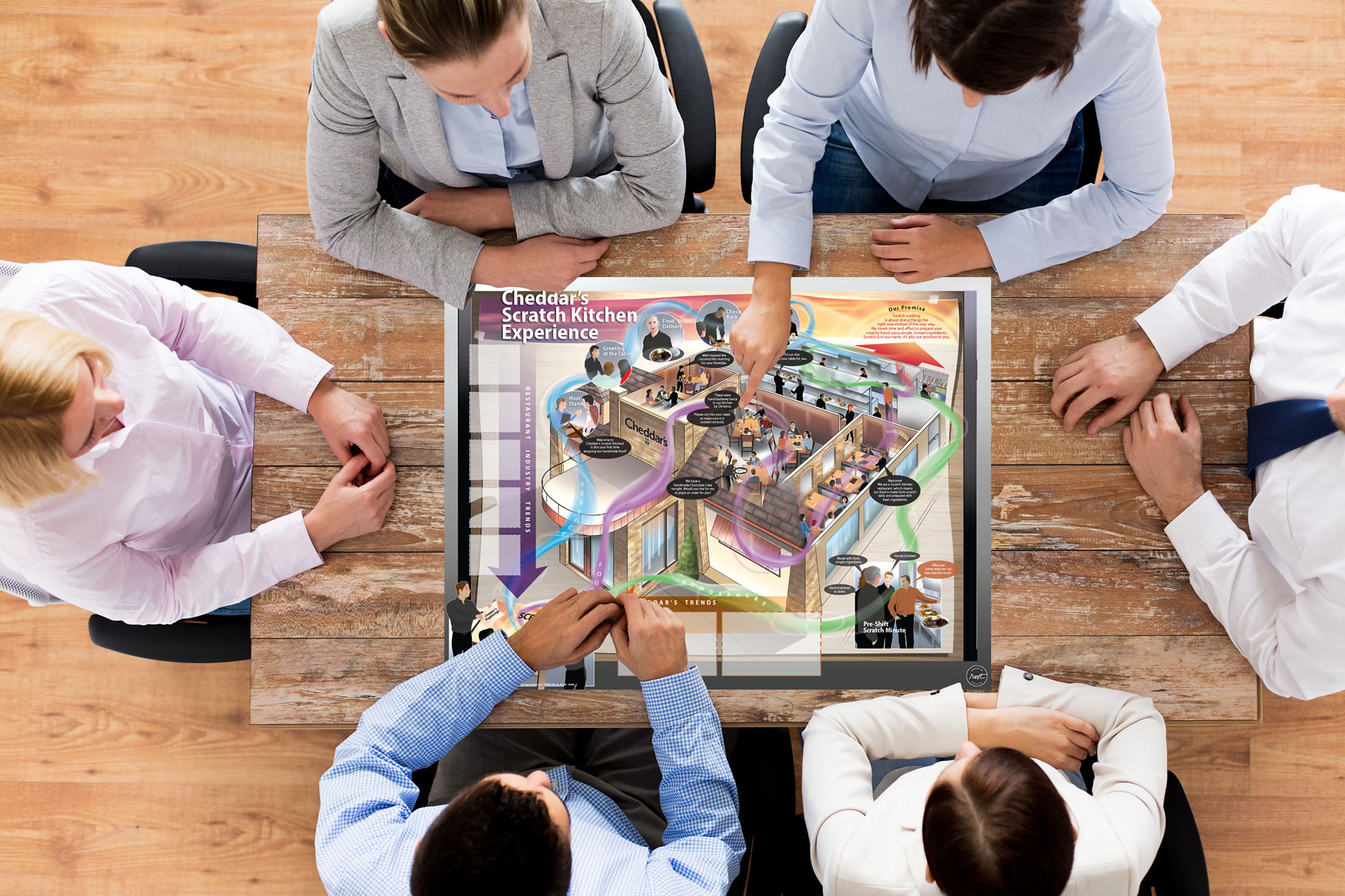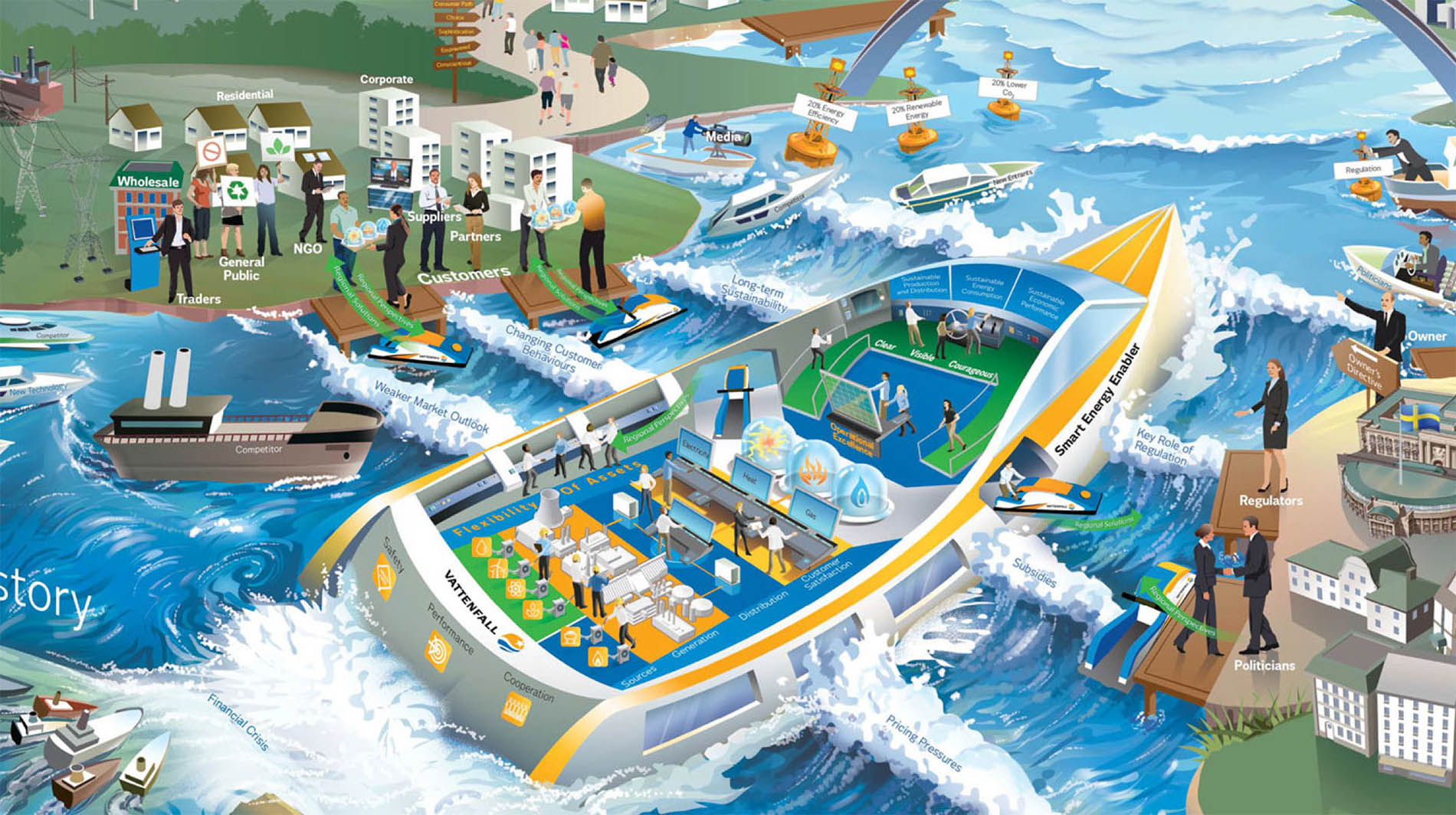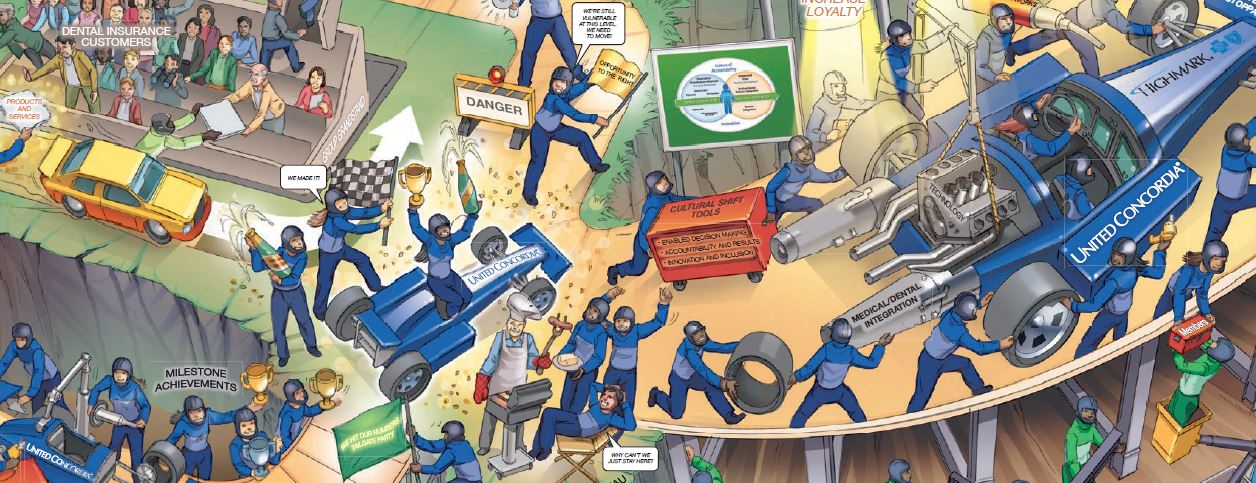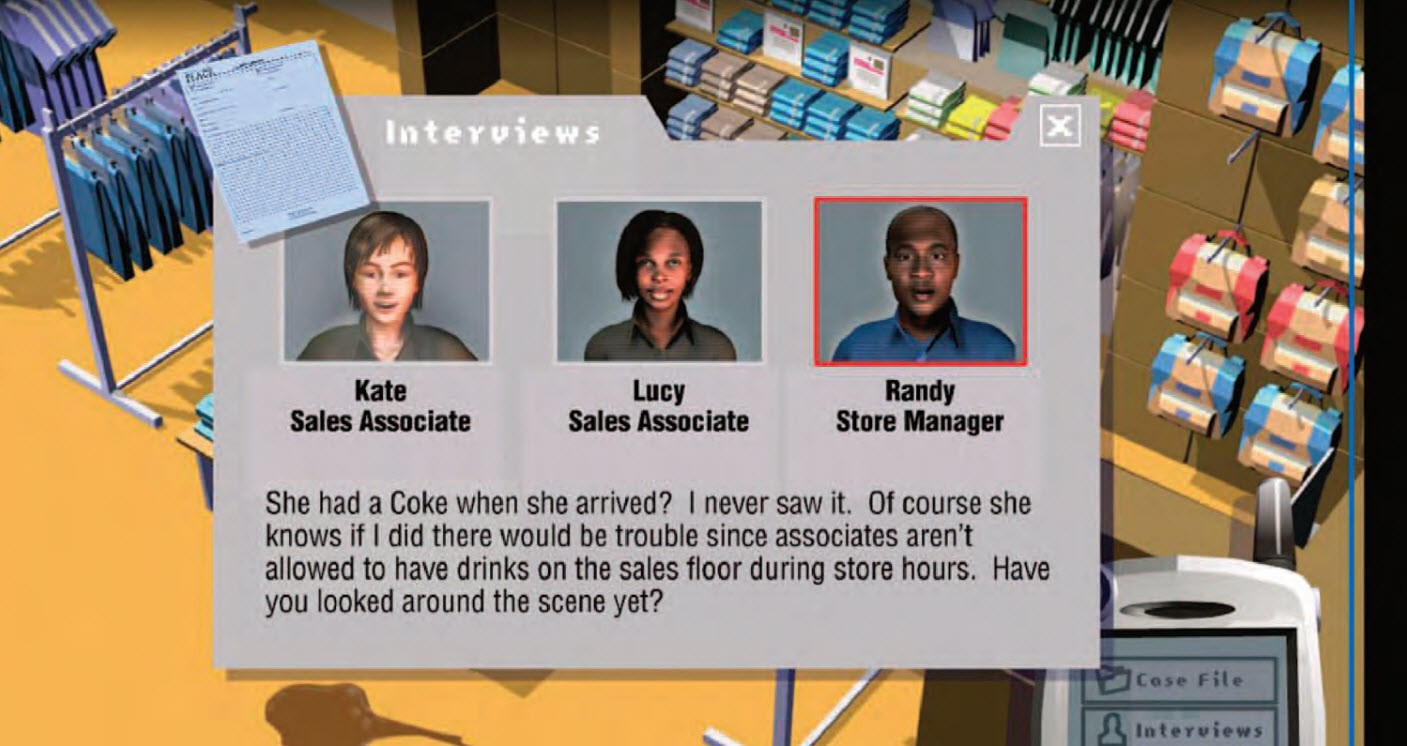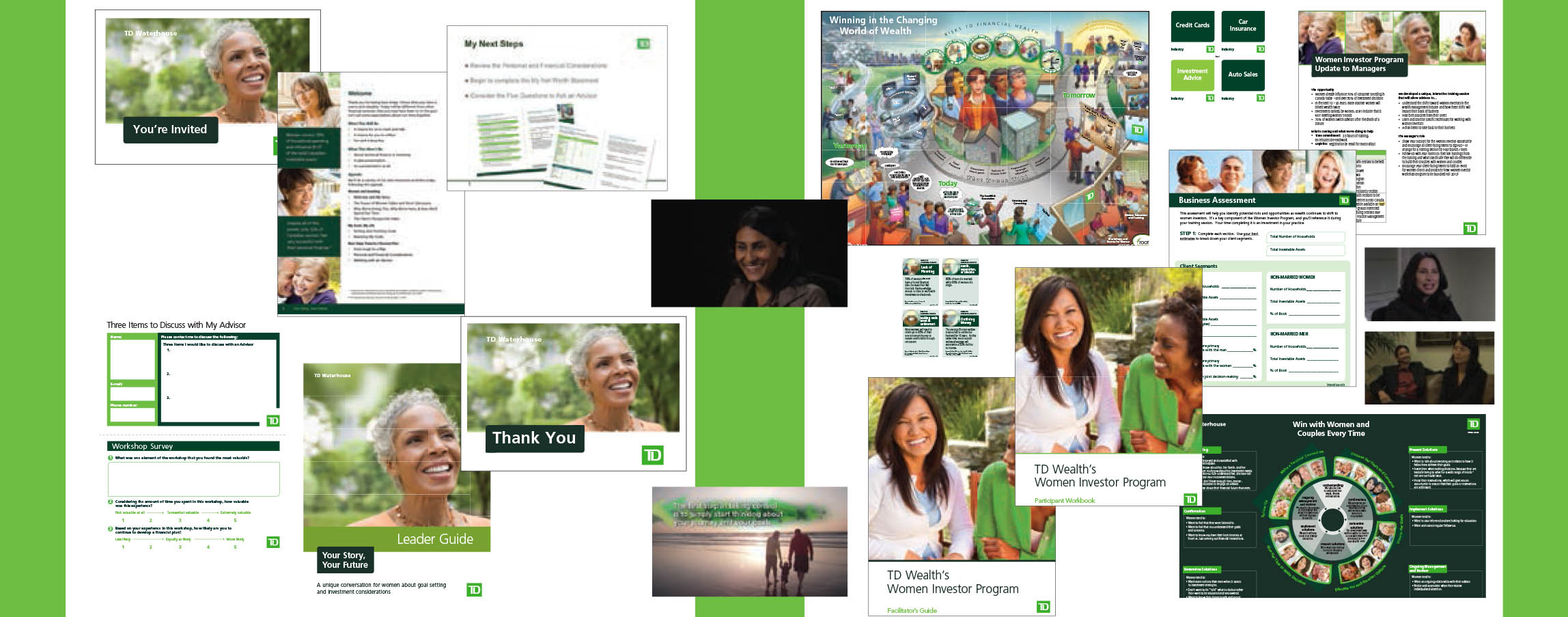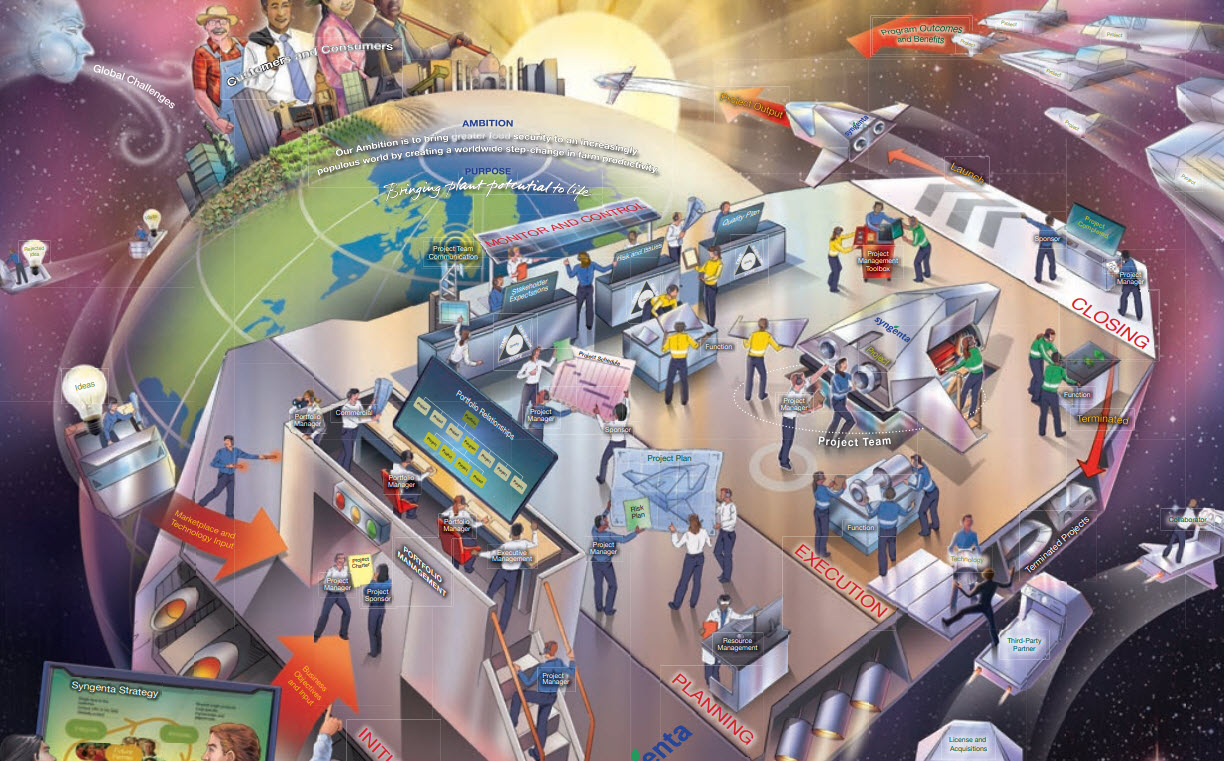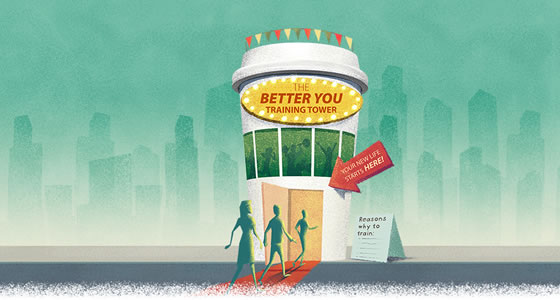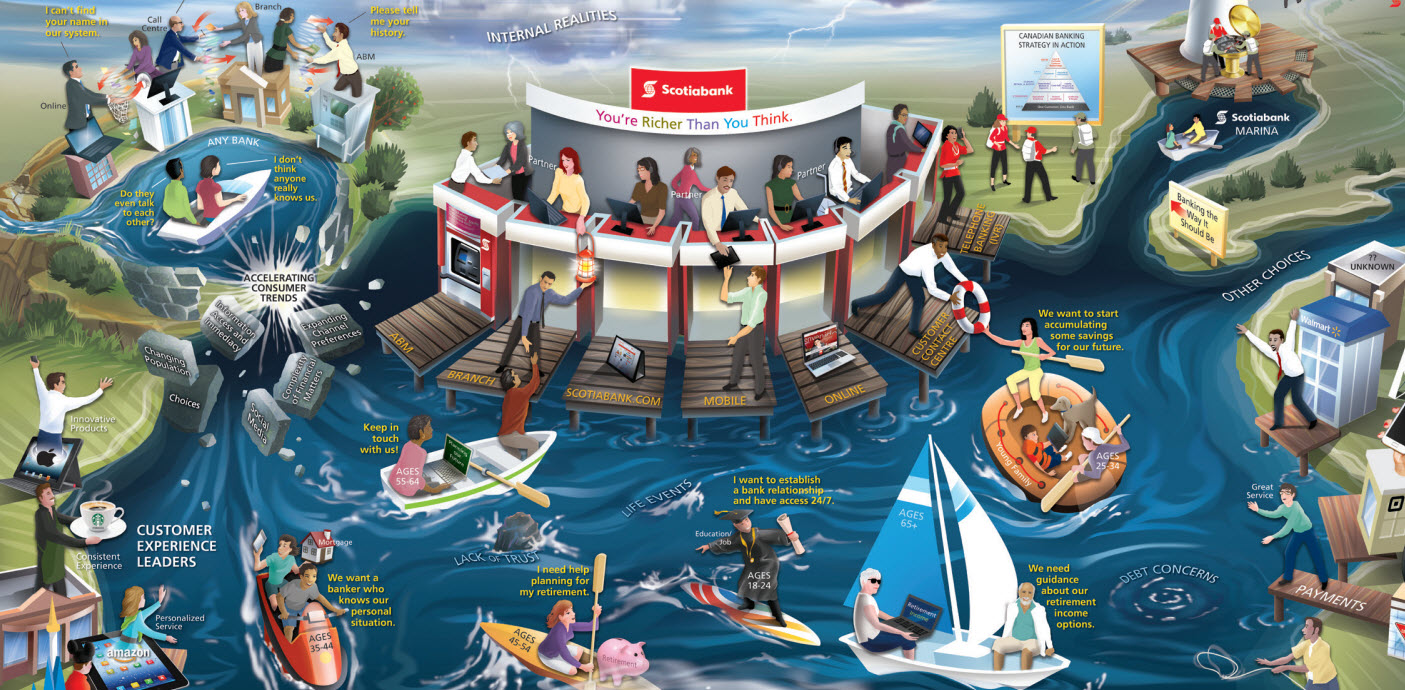
The Big Challenge
Georgia-Pacific Consumer Products wanted to elevate the level of its new hire onboarding program to address the learning styles of the Millennial generation and create an “immersive” experience for new employees. The goals were to present new and existing information relevant to new hires using a proven integrated learning approach, extensive use of visualization, and high levels of interactivity.
Disruptive Methods
Our Immersive Process
Georgia-Pacific Consumer Products worked with Root to craft a unique blend of media treatment and learning design that incorporated gaming and fun elements to complement the content.
- Built a game-like platform “located” at its world headquarters.
- Learning began outside the building and progressed into the lobby in a 3-D world. Learners interacted with a variety of content as they moved through the new hire program.
- After they visited the initial areas onscreen and print materials for reference, they took an “elevator” to other floors to explore more information.
- As learners traveled through the building, they encountered avatars who shared information more specific to their own roles and to those of others at Georgia-Pacific Consumer Products.
The curriculum design consisted of three phases:
- Learners explored things they needed to know right away – customers, products, facilities, and distribution centers.
- Phase 2 “brought the plant to the people” virtually. Using video, a narrated PowerPoint deck, and Georgia-Pacific’s own television system, new hires could tour a paper mill to learn efficiently and with less cost
- The third phase focused on more specific product knowledge and product placement in different customer segments.
This project was marketed to the entire company about six weeks before its rollout with a “teaser”. Then, all new hires were immediately involved. The program auto-links with managers to notify them if a learner hasn’t completed any area by its due date.
Results
The onboarding purposely takes a learner nine to 12 months to complete.
As the initial phases rolled out, Woodard said that the initial feedback was “Wow!” People were pleased to find everything they needed and wanted to know in one place. He said employees appreciated they’re pulling the information instead of having it pushed. Retention seems to be much better, likely due to the need to pass an assessment with 85% at the end of each section.
Although the experience was designed for new hires, existing employees became interested, and it has become a platform for universal knowledge about
the company.
Disruptive Methods Applied




